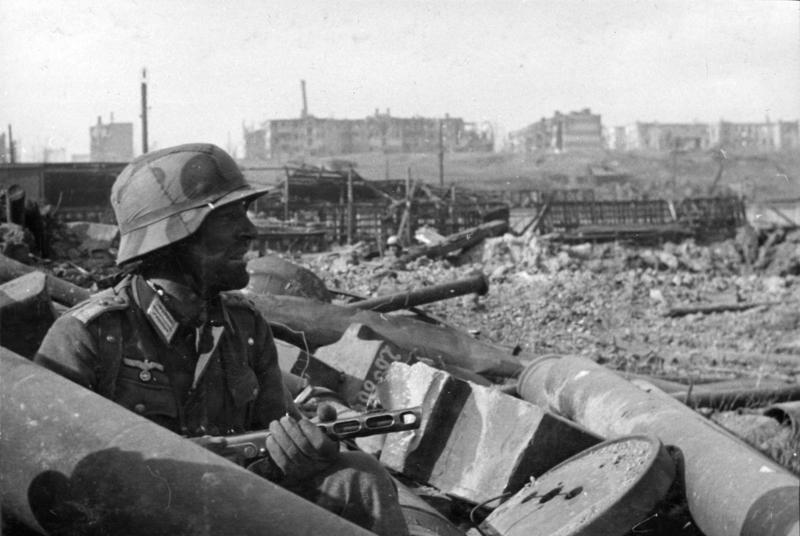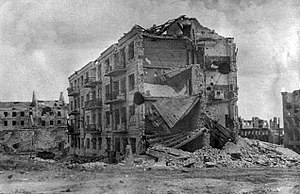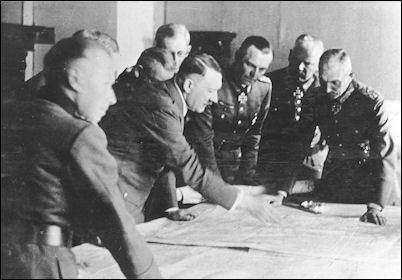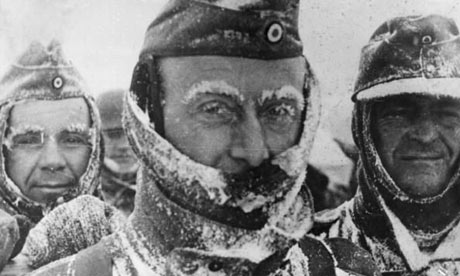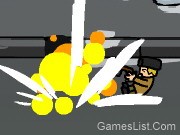
The Battle of Stalingrad is considered by many historians to have been the turning point in World War Two in Europe. It was after this war that the German Army started its full retreat. Now we are going to present you in a very short way why this battle begun. The German army Groups A and B were on their way to the Caucasus in south-west Russia when Hitler ordered and attack on Stalingrad.
Many historians believe Hitler order this attack because the city had the name of one of his enemies, Joseph Stalin. The Battle for Stalingrad was fought during the winter of 1942 to 1943. The strategic purpose of this battle was to control the Russian center of communication in the south. In early September of 1942 the German army advanced to the city. The battle for the city descended into one of the most brutal in World War Two. Individual streets were fought over using hand-to-hand combat. Areas captured by the Germans during the day, were re-taken by the Russians at night. Finally the official armies met on November 23rd where they fought for the city of Stalingrad.


